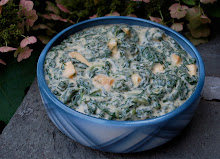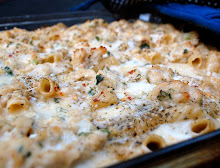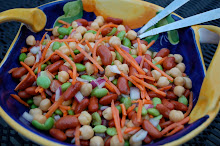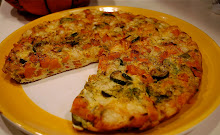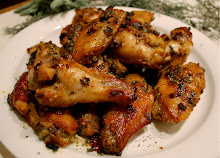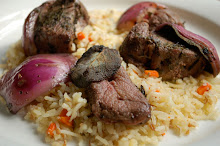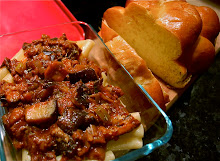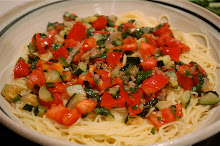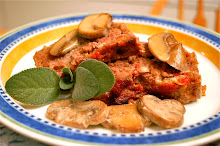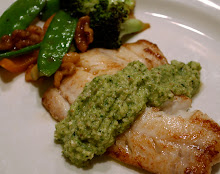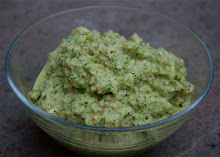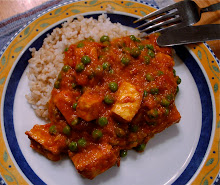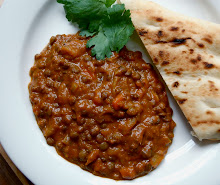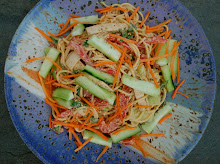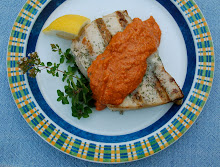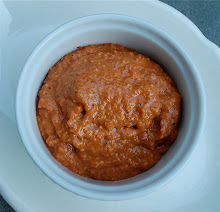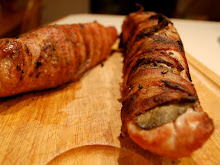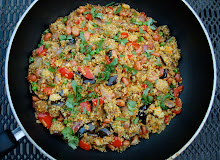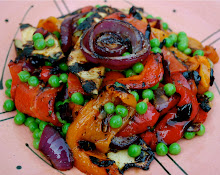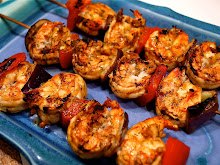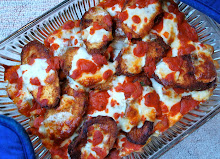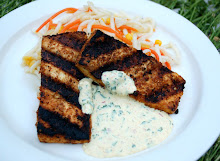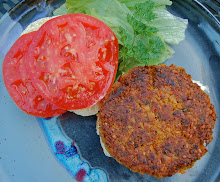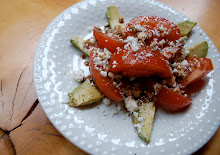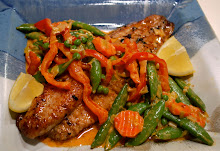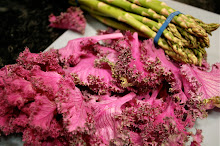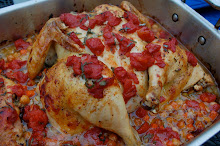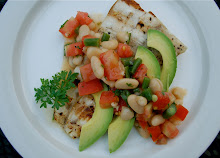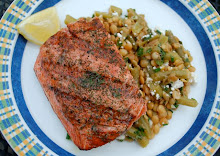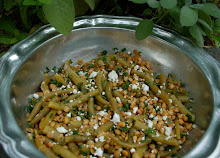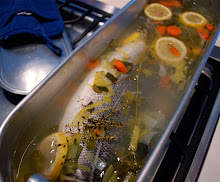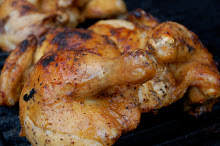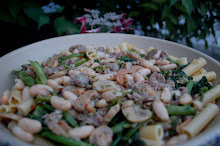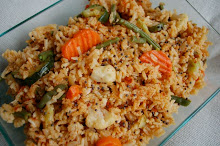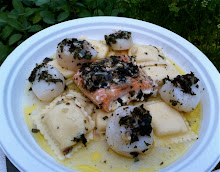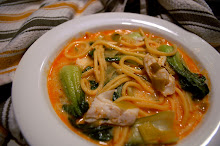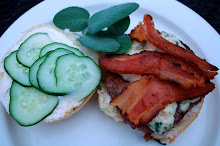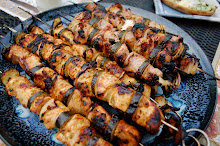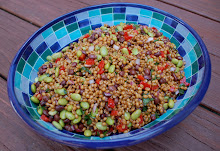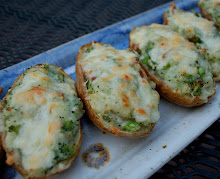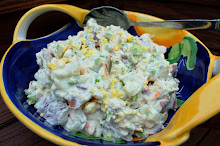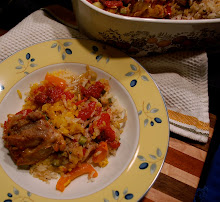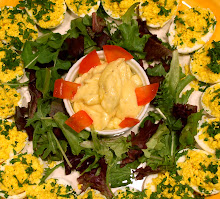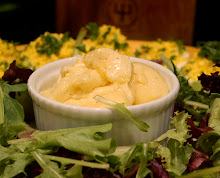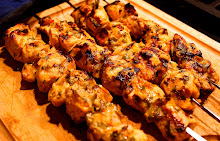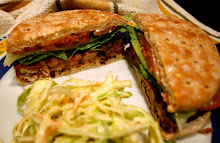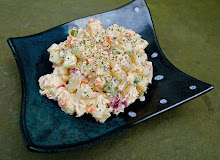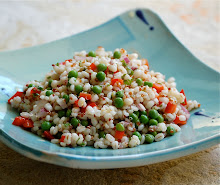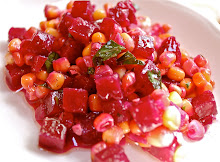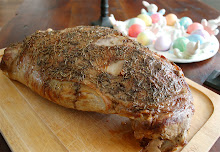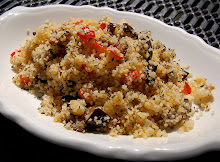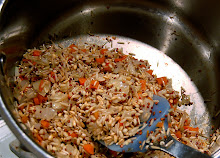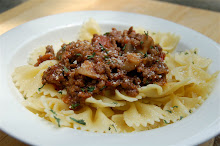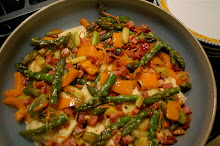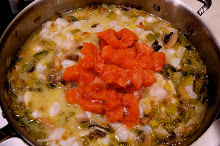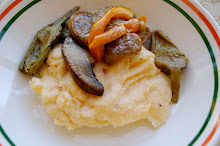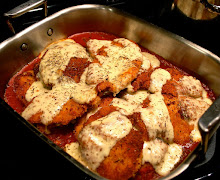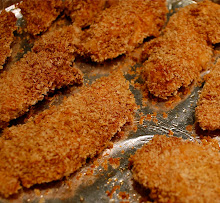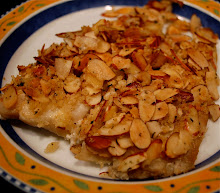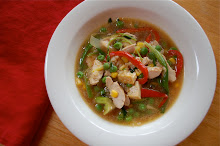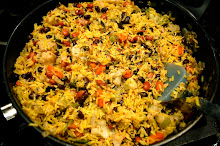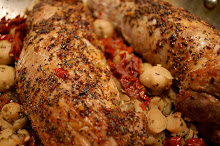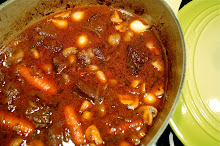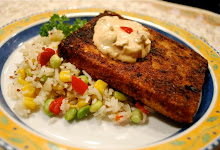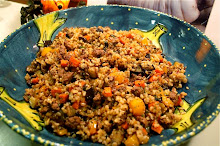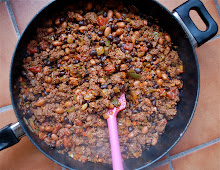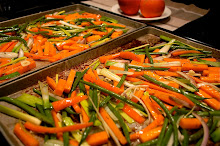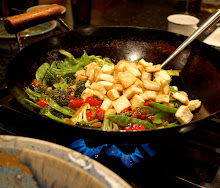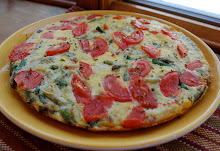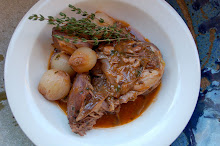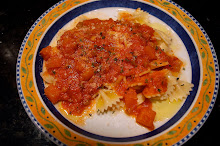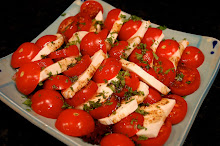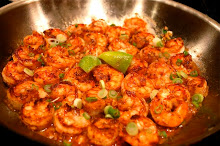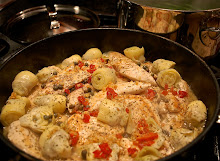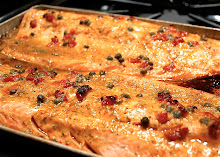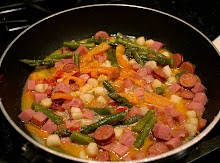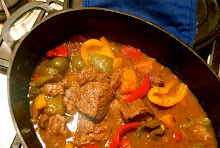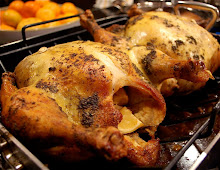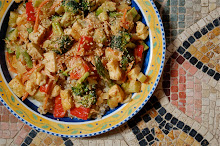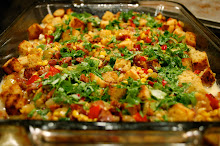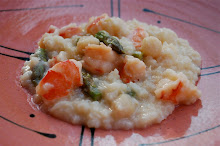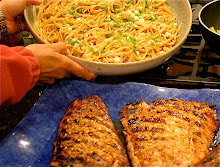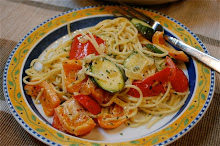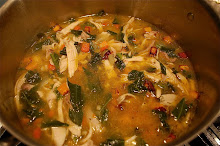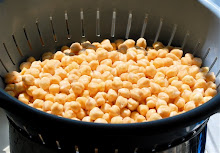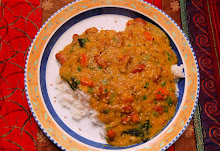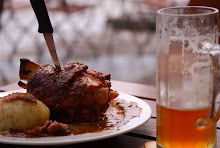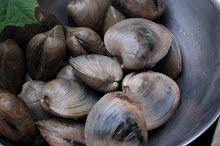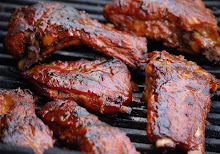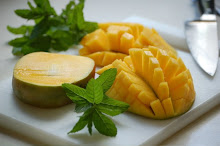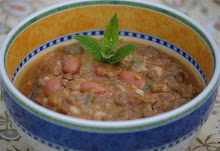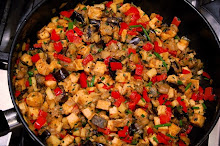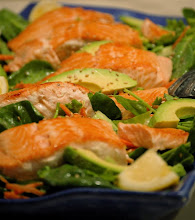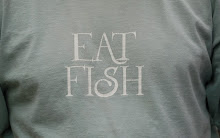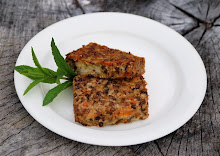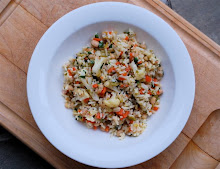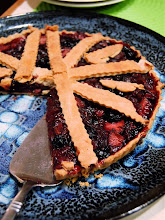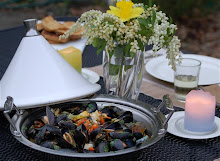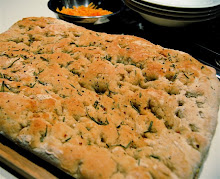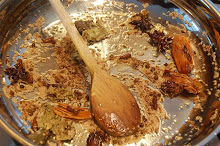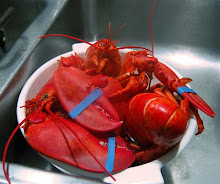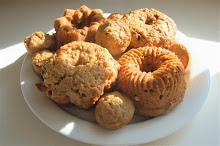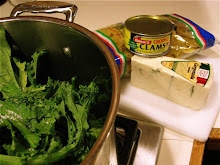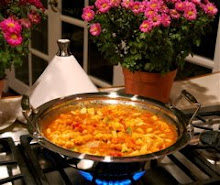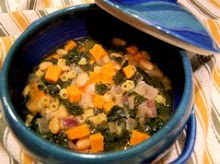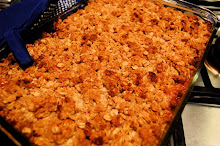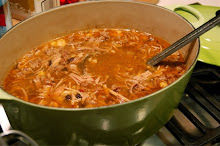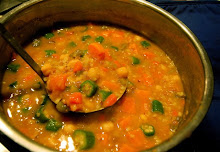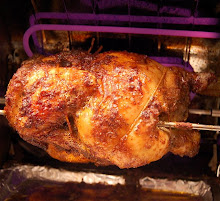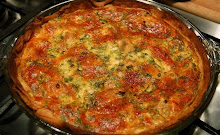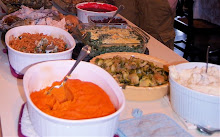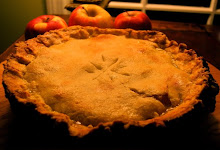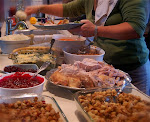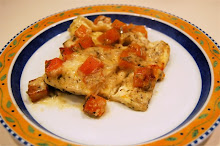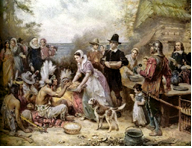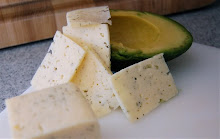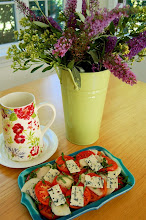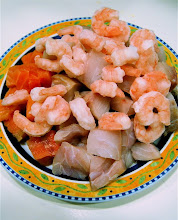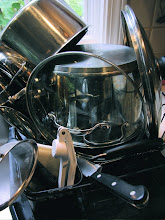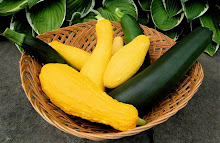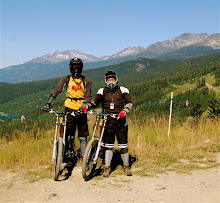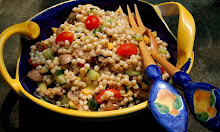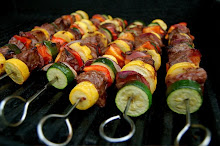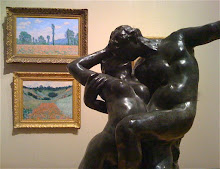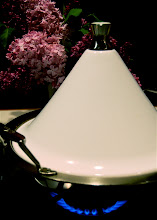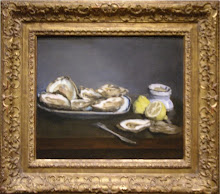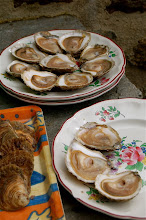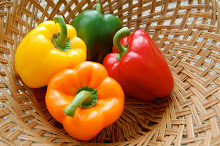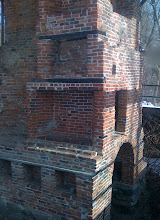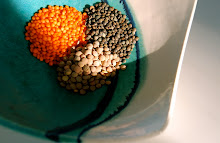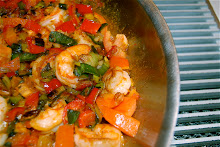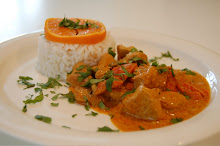Decades, centuries or millennia later, the hearth often remains the only vestige of homes long gone, still waiting for someone to come home.
On my last free day before starting a new job, I was cross-country skiing through Minuteman National Park near Boston. Gliding along Battle Road – where ‘Lobster-backs’ marched from Boston to the North Bridge in Concord – heading for a revolution – I passed by the remains of Hartwell House, a lone stalwart hearth at the center of what was once the home of Sergeant Samuel Hartwell (see photo, sidebar).
Most people don’t know that just under 233 years ago, Paul Revere was actually captured by British soldiers, just down the road from this hearth. Revere had been captured moments before he would have been able to alert Hartwell of the British advance. According to the account “Midnight Riders – a forgotten “midnight rider” may have changed the outcome of the U.S. Revolutionary War” (see http://usinfo.state.gov/scv/Archive/2006/Apr/03-261934.html), Revere was luckily not alone on the leg of his ride from Lexington to Concord, or we might all be driving on the other side of the road today.
Revere called out a warning of his capture by the British to his two compatriots William Dawes and Samuel Prescott, riding 100 yards behind him. Dawes immediately turned his horse back to warn Lexington, while Prescott, seeing Revere was too well guarded, sped his horse towards the center of his hometown Concord, swiftly losing pursuing British soldiers to the woods and thicket he knew all too well.
Prescott made it to Hartwell’s house nearby, banging on the kitchen door to alert him of the British advance. As the sergeant prepared himself to spread the word and join his militia in neighboring Lincoln, Prescott raced off to Concord, to warn its militia to move the arsenal the British sought, to safer ground. I am told the colonists hid the munitions under furrows freshly plowed in the fields of Barrett’s farm across the North Bridge in Concord.
So Prescott was actually the only one to complete the ride that night, while Revere got all the credit. Had Prescott not prevailed, the arsenal at Concord may not have been moved and hidden by the time the British arrived, and the course of U.S. history may have been very, very different.
Minutes from our home, but years ago, the Hartwell family ran a tavern just down from their house on the famous “Battle Road”, which must have served many hearty meals to weary travelers between Boston and Concord. I have biked, walked and cross-country skied almost the full length of ‘Revere’s Ride’ from Boston to Concord, and have a great appreciation for how long that trip must have felt on a horse, at night, in April. Later, speeding along the Interstate between Boston and Hartford in our modern electric-gasoline hybrid automobile, fitted with dual climate control, leather seats and 6-speaker Dolby stereo sound system, I considered the grit and stamina colonial travelers must have had in order to endure the grueling trips from Boston to Hartford, New York, Philadelphia and Washington, DC – on horseback.
Taverns along the way must have provided enormous comfort with their warm fireplaces and food slowly simmered at their hearths.
Slow cooking on the hearth is the basis for much of what we know today as “comfort foods”. In early Colonial times, households and taverns alike would slowly braise soups and stews in cast iron ‘Dutch Ovens’ in a fireplace, like the one shown here, taken in the National Heritage Museum (Lexington, MA).

In the mid 1700’s Benjamin Franklin had invented the cast iron stove for heating living space, but it wasn’t until the early 1800’s before the first metal stove was developed for cooking. Many classic dishes the world over, now often considered gourmet – Cassoulet, Gumbo or Boeuf en Daube – were just slow cooked foods, sharing roots in peasant country kitchens as assemblies of whatever the heck was on hand that day.
After arriving in Connecticut at my sister and brother in law’s home, we gathered in the kitchen, sitting at the island around the stove. We discussed plans for redesigning their kitchen, and how today, everyone seems to gather in the kitchen, the hearth, for parties – dining rooms are rarely used any more. Many are tearing down the walls between the kitchen and the dining room to make a larger common gathering space, centered around the hearth.
The next evening we prepared a Cassoulet in a large Dutch oven, which baked for several hours keeping us warm on a cold winter’s night as we chatted together. A Cassoulet is a southern French baked bean dish with a mixture of meats. Though the exact recipe is supposed to be indigenous of a specific region of southern France, I think it basically depended on whatever they happened to have on hand that day.

A Simple Cassoulet6 chicken thighs
1 lb. boneless pork country ribs, cut into 2-inch cubes
1 lb. kielbasa or Italian sausage, cut into 2-inch pieces
1 large onion, diced
½ lb. carrots, peeled and cut into 2-inch pieces or whole baby carrots
3 cloves garlic, minced
1 tsp. Herbes de Provence or Italian Herbs
3 15-oz. cans Cannelloni beans, drained
1 can diced tomatoes
2 cups chicken broth
4 slices of bread plus 2 cloves of garlic
Preheat oven to 350F. In a Dutch oven on stovetop, brown chicken, pork and sausage in a little olive oil in batches, over med/high heat, then set aside. Sauté onions until tender, not brown, then set aside. Sauté carrots for about 5 minutes, then add garlic and herbs for last minute or two. Stir in beans, tomatoes, broth and onions. Salt and pepper to taste. Then nestle meat down into the bean mixture.
Cover and bake for about 1 hour. Process bread and garlic in a food processor until fine crumbs are formed. Tip into a small bowl and moisten with about one tablespoon of olive oil. Cover Cassoulet with about half the breadcrumbs and bake another hour. Push crust down into mixture, add remaining bread crumbs and bake on more hour. For the last 20-30 minutes, remove cover. Baking can be done over two days.
...
During a visit to southern France my cousin made me a fantastic beef stew slowly cooked with red and green peppers called Boeuf en Daube. A Daube is a type of Dutch oven with fingers built into the inside of the top. These fingers condense water vapors and allow them to drip evenly back into the stew for even slow cooking. Electric slow cookers (such as a “Crock Pot”) are also a great way to prepare braised dishes that require long cooking times, and a fantastic tool for the busy person who wants to prepare dishes like this. Here is a more robust, creamy version of a Boeuf en Daube, using a slow cooker. This could also certainly be done on the stovetop or in the oven if you don’t have a slow cooker.
Boeuf en Daube with Barley1 red pepper, sliced into large wedges
1 yellow or orange pepper, sliced into large wedges
1 onion, diced
2 cloves garlic, minced
4 carrots, peeled and cut into 2-inch pieces
1 Tbsp. sugar
3 lb. beef chuck roast, cut into 2-inch pieces
¼ cup flour
1 tsp. Herbes de Provence or Italian herbs
10-oz mushrooms, sliced
1 cup red wine
½ cup white wine
¼ cup pearl barley
Heat a tablespoon of olive oil in a large deep pot or pan. Sauté the peppers, onions and carrots with the sugar until the onions begin to turn golden and the peppers soften, about 10 minutes. Add the garlic for the last two minutes. Remove to a bowl. Meanwhile, toss the beef with the flour and herbs in a bowl. Salt and pepper to taste. In the same pot, brown the beef in a bit of olive oil in batches, on all sides for about 5-7 minutes per batch. Set aside in a bowl.
In the same pot, sauté mushrooms over medium-high heat in a bit of olive oil until they have released their moisture and have begun to brown. Add the wine and barley, and the reserved vegetables and meat. Bring to a boil and transfer to a slow cooker crock. Add enough water just to cover. If you prepare this the night before, cover the slow cooker and refrigerate. Cook for 6-8 hours on low setting (I leave it for a whole working day).
 Curried Whole Grain Pilaf with Chickpea and Cashew
Curried Whole Grain Pilaf with Chickpea and Cashew



















































































































































































































































































































































































































































































































































































































































































































































































































































































